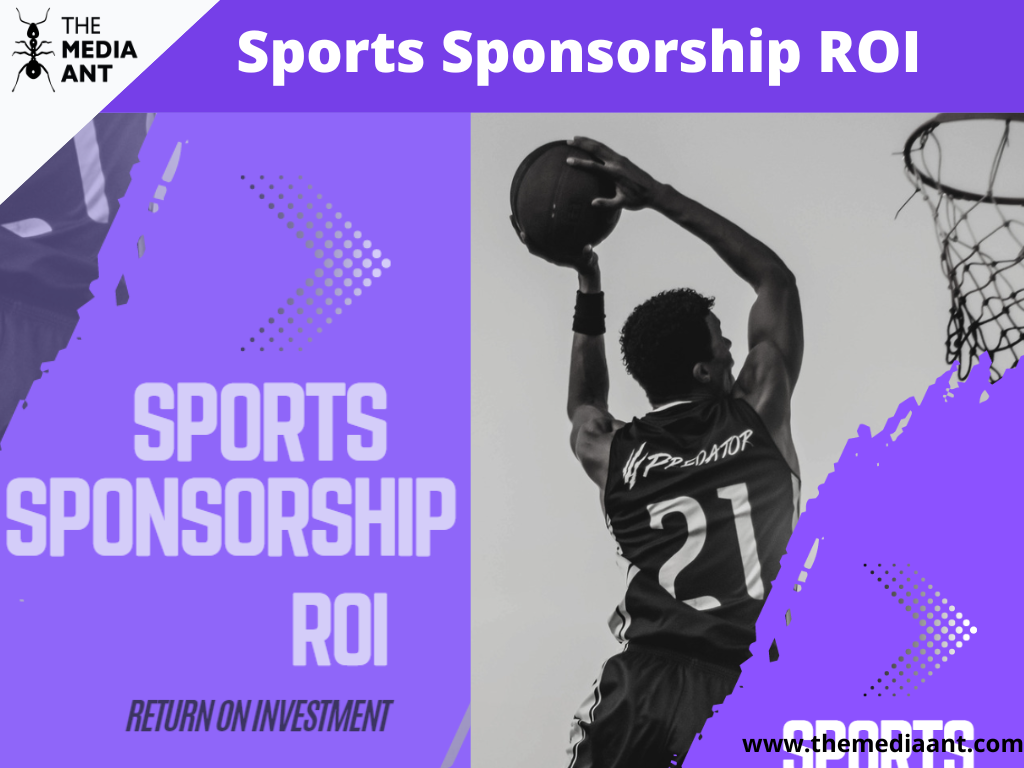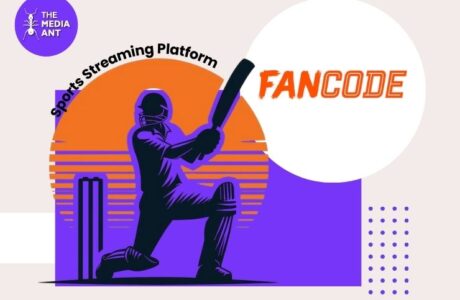Sports sponsorship has become a significant marketing tool for brands and companies seeking to enhance their visibility and connect with target audiences. However, investing in sports sponsorship without a clear understanding of its return on investment (ROI) can be a risky endeavor. In this blog, we will explore the concept of sports sponsorship ROI, its importance, and effective strategies to maximize it. By unlocking the key to maximizing ROI, brands can ensure their sponsorship efforts yield measurable and impactful results.
Understanding Sports Sponsorship
Sports sponsorship is the practice of associating a brand or company with a sports team, athlete, event, or organization. It offers numerous benefits, including increased brand exposure, enhanced reputation, and the ability to reach a passionate and engaged fan base. By aligning their values with the sports they sponsor, brands can tap into the emotional connection that fans have with their favorite teams or athletes.
Increase brand awareness: Brands associated with sports teams or athletes are more likely to be remembered. A study by Nielsen found that 72% of consumers are more likely to remember a brand that sponsors a sports team.
Enhance brand reputation: Brands seen as supporting positive values are more appealing to consumers.
Reach passionate fans: Sports fans are highly engaged and can be a valuable target audience.
Tapping into emotional connection: Brands can connect with fans on a deeper level by sponsoring their favorite teams or athletes.
Under Armour’s “Protect This House” commercial features Cam Newton and his team’s victory, resonating with fans and solidifying UA’s image as a sports performance brand.
The Concept of ROI in Sports Sponsorship
Return on investment (ROI) is a critical metric for measuring the effectiveness of sports sponsorship. It helps brands evaluate the success of their sponsorship activities, assess their impact on key performance indicators (KPIs), and make informed decisions regarding future investments. By analyzing ROI, brands can determine the value derived from their sponsorship and allocate resources more effectively.
Factors Influencing Sports Sponsorship ROI
Several factors influence the ROI of sports sponsorship. Understanding these factors is crucial for brands aiming to maximize their returns. Target audience and brand alignment play a pivotal role, as connecting with the right audience and ensuring brand values resonate with fans can yield greater ROI. Factors influencing sports sponsorship ROI are :
- Popularity of sport: Reach and media exposure.
- Type of sponsorship: Cost and exposure.
- Target audience: Reach and engagement.
- Brand fit: Credibility and attractiveness.
- Sponsorship objectives: Metrics for measuring ROI.
- Size of sponsorship: Cost and difficulty of measuring ROI.
- Duration of sponsorship: Time to see results and difficulty of tracking impact.
- Competitive landscape: Cost and level of exposure.
- Economic climate: Amount of money brands are willing to spend.
Methods for Measuring Sports Sponsorship ROI
Measuring sports sponsorship ROI can be challenging but not impossible. Traditional methods, such as media equivalency, brand awareness surveys, and ticket sales, provide valuable insights into the value generated. Social media sentiment analysis, web analytics, and other data-driven techniques allow brands to delve deeper into fan engagement and quantify their sponsorship’s impact accurately.
The best method for measuring the ROI of a sports sponsorship will vary depending on the specific goals of the sponsorship.
- Media value: This metric measures the value of the media exposure that a sponsorship generates. It can be calculated by multiplying the number of impressions (i.e., the number of times a brand’s logo or name is seen) by the cost of a single impression.
- Brand awareness: This metric measures the percentage of people who are aware of a brand’s sponsorship. It can be measured through surveys or by tracking social media mentions.
- Brand image: This metric measures how favorably people view a brand as a result of its sponsorship. It can be measured through surveys or by tracking social media sentiment.
- Sales lift: This metric measures the increase in sales that a sponsorship generates. It can be measured by comparing sales figures before and after the sponsorship.
- Lead generation: This metric measures the number of leads that a sponsorship generates. Leads are potential customers who have expressed interest in a brand’s products or services.
- Fan engagement: This metric measures the level of interaction between fans and a brand’s sponsorship. It can be measured by tracking things like social media engagement, website traffic, and attendance at events.
Enhancing Sports Sponsorship ROI
To maximize ROI, brands can employ various strategies. Leveraging digital platforms and social media is essential in today’s interconnected world. Brands can create engaging content, run interactive campaigns, and foster meaningful connections with fans through these channels. Building strong partnerships and collaborations with sports entities can also amplify the sponsorship’s impact. Lastly, continuous evaluation and adjustment of sponsorship strategies based on ROI analysis ensure brands stay ahead of the game.
Case Studies and Examples
Sports Sponsorship ROI can be best understood through a real-life recent example. Let’s take a look at the partnership between Nike and the National Basketball Association (NBA), which showcases the immense potential of sports sponsorship and its impact on ROI.
Nike, a global leader in athletic footwear and apparel, has been a long-standing partner of the NBA. In 2017, Nike became the official apparel provider for the NBA, replacing their competitor, Adidas. This partnership not only granted Nike the rights to design and produce NBA jerseys, but it also opened up a wide array of marketing opportunities to capitalize on the popularity of basketball and its passionate fan base.
Here are some real-life examples of sports sponsorship ROI in 2023:
Visa

Visa is a long-time sponsor of the FIFA World Cup, and in 2022, it estimated that its sponsorship generated $4.8 billion in media value. This means that for every $100 that Visa spent on sponsorship, it received $480 in media exposure.
PepsiCo

PepsiCo is a sponsor of the NBA, and in 2021, it estimated that its sponsorship generated $1.5 billion in media value. This means that for every $100 that PepsiCo spent on sponsorship, it received $150 in media exposure.
Nike

Nike is a sponsor of the National Football League (NFL), and in 2022, it estimated that its sponsorship generated $2.2 billion in media value. This means that for every $100 that Nike spent on sponsorship, it received $220 in media exposure.
Future Trends in Sports Sponsorship ROI
As technology continues to advance, the measurement of sports sponsorship ROI will become more sophisticated. Emerging trends, such as artificial intelligence, augmented reality, and virtual reality, will offer new ways to assess fan engagement and quantify sponsorship value. Additionally, the integration of blockchain technology may enhance transparency and streamline ROI measurement processes, providing brands with accurate and real-time insights.
Virtual reality sponsorships will allow brands to connect with fans in a more immersive way, leading to increased brand awareness and engagement. For example, Coca-Cola used virtual reality to let fans experience the FIFA World Cup in 2018.
Conclusion
Measuring sports sponsorship ROI is paramount for brands aiming to optimize their marketing investments. By understanding the concept of ROI, identifying the factors influencing it, and employing effective measurement methods, brands can unlock the key to success in sports sponsorship. By maximizing ROI, brands can enhance their visibility, strengthen their connection with fans, and achieve tangible business outcomes. In this ever-evolving landscape, staying ahead of the game requires continuous evaluation, adaptation, and a data-driven approach to sports sponsorship. So, embrace the power of ROI and pave the way for your brand’s success in the thrilling world of sports sponsorship.





